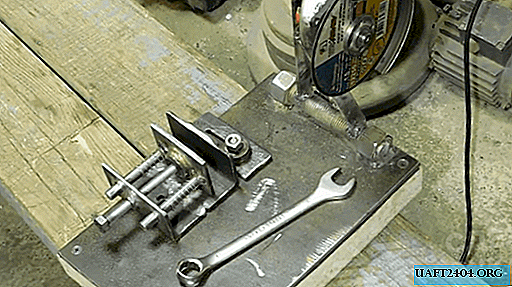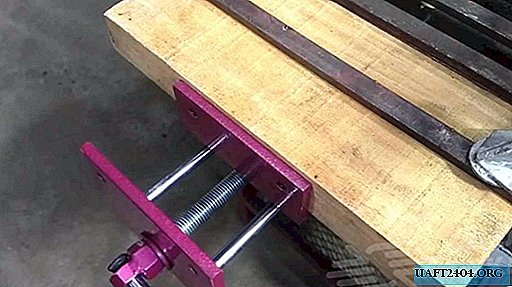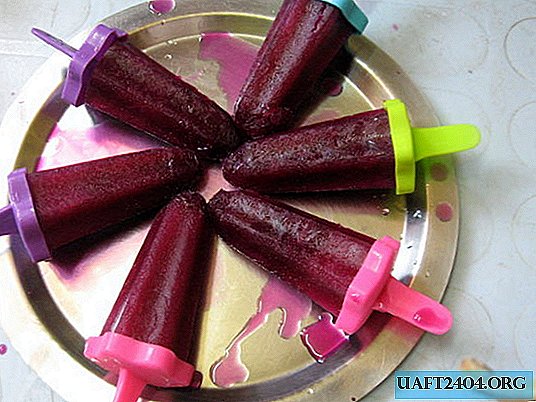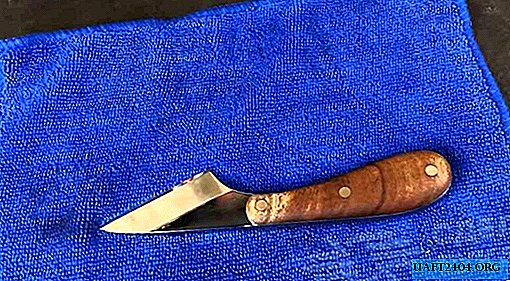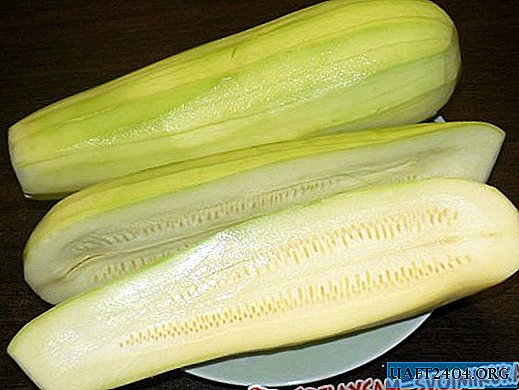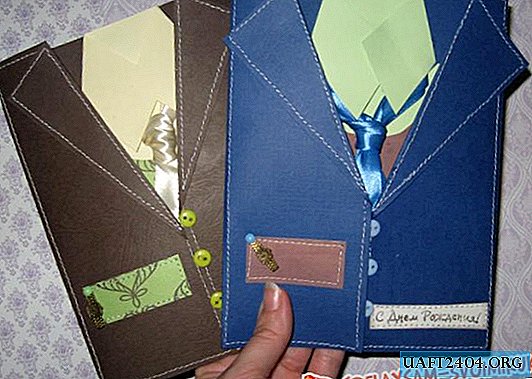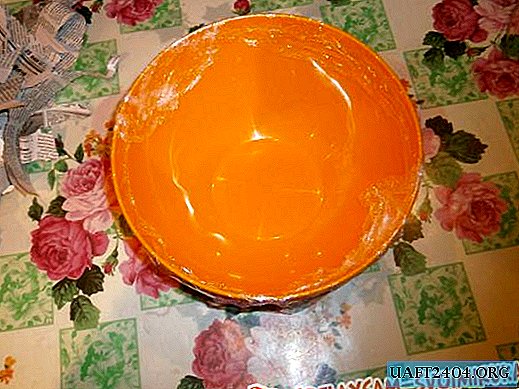Share
Pin
Tweet
Send
Share
Send
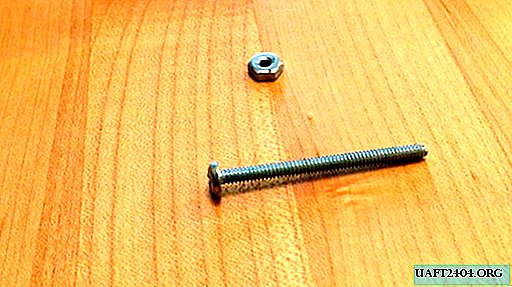
To avoid this, there is a simple way out.
Will need
- The bolt, stud or screw to be cut and shortened.
- Nut, 1-2 pcs, with the same thread.
Cut the bolt, stud or screw correctly
So, I'll take a screw for an example. Marker notice the place for cut. We measure with a ruler.
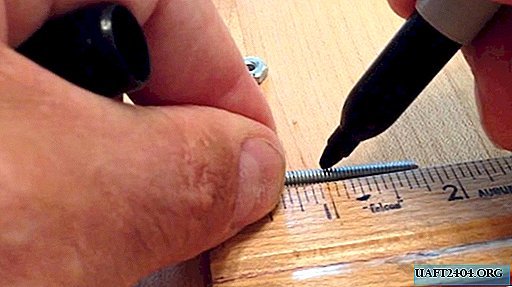
Screw 1-2 nuts onto the bolt for the risk. In general, the nuts should be on the side that you will need in the future.

Now cut it off. Depending on the thickness, this can be done in several ways:
- Bite off with wire cutters.
- Cut off with a grinder.
- Saw off with a hacksaw.
- Tighten into a screwdriver and rotate the bolt to saw off with a hacksaw.
- Or another way.
Choose you, it does not matter.

I bit off the nippers, as the screw is thin. Of course this is the roughest method, but quick.

Now we hold the nut with pliers and a screwdriver unscrew the screw. This is the whole trick: the nut after eversion will straighten all the turns of the thread at the tip of the cut.

It is better to screw two nuts, they will better adjust all threads.

Now, nuts can be easily screwed onto this trimmed screw.
So simply you can save all the working properties of a bolt, stud or screw after cutting.
Share
Pin
Tweet
Send
Share
Send

